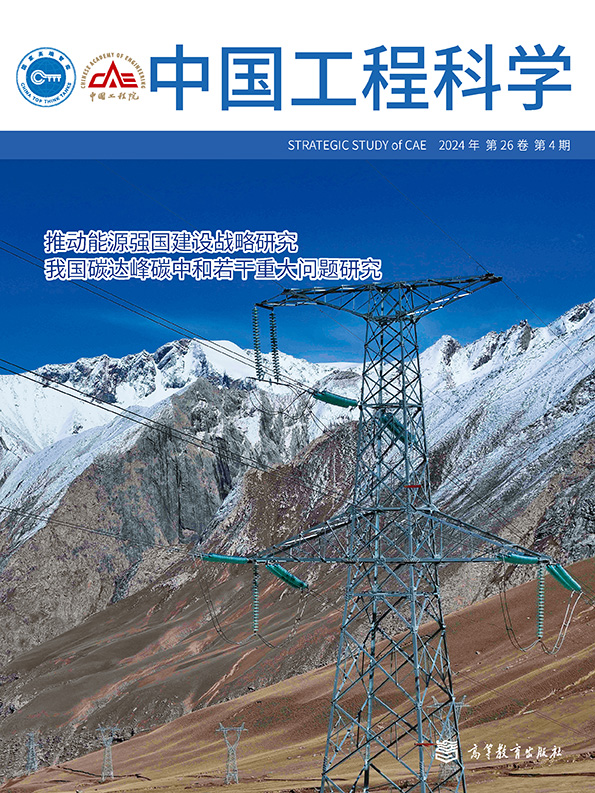面向2050年的中国农业发展战略
引用次数: 0
摘要
在全球变化的时代,分析中国农业发展的未来趋势,预测到2050年中国农业现代化的方向和路径,对政策制定有重要帮助。在本研究中,我们首先考察了中国过去40年的农业发展,然后分析了中国农业发展面临的机遇和挑战。最后,对中国未来的农业发展进行了展望。我们的研究表明,中国农业在过去40年经历了快速增长;制度创新、技术进步、市场化改革和公共投资是四大动力。然而,中国农业发展仍面临诸多挑战,包括生产率增长放缓、水土退化、全球供应链不确定性等。这意味着,面向2050年,中国应坚持创新、绿色、高效、可持续的原则,加快农业现代化,高效生产更多高价值、绿色产品,保障粮食安全和粮食自给自足。为了实现这一长期目标,政府应该部署以生物技术、苗木创新等为重点的七大战略,并启动一系列农业扶持政策。本文章由计算机程序翻译,如有差异,请以英文原文为准。
Strategies for China's Agricultural Development Toward 2050
: In the era of global change, it is essential to analyze the future trend of agricultural development in China and forecast the direction and path of China’s agricultural modernization towards 2050 to assist policymaking. In this study, we first investigate agricultural development in China over the past four decades and then analyze the opportunities and challenges that China’s agricultural development is facing. Lastly, we forecast future agricultural development in China. Our study shows that China’s agriculture has experienced rapid growth over the past four decades; institutional innovation, technological progress, marketization reform, and public investment are the four major driving forces. However, agricultural development in China still encounters many challenges, including a slowdown in productivity growth, degradation of soil and water, and uncertainty of the global supply chain. This implies that, towards 2050, China should adhere to the principles of innovation, green, high efficiency, and sustainability, and accelerate agricultural modernization by efficiently producing more high-valued and green products to maintain food security and self-sustained grain supply. To achieve this long-term goal, the government should deploy seven major strategies focusing on biological technology, seedling innovation and among others, and initiate a series of agriculture-supportive policies.
求助全文
通过发布文献求助,成功后即可免费获取论文全文。
去求助
来源期刊
自引率
0.00%
发文量
4428
期刊介绍:
"Strategic Study of CAE" is supervised by the Chinese Academy of Engineering, hosted by the Strategic Consulting Center of the Chinese Academy of Engineering and Higher Education Press Limited Company, and published by the Strategic Study of CAE Editorial Department. This journal is one of the "1+9+1" series of journals of the Chinese Academy of Engineering, and its editorial board is the Consulting Working Committee of the Chinese Academy of Engineering.
This bimonthly journal is published in Chinese. It is a core Chinese journal and a core journal of Chinese science and technology, included in the Chinese Science Citation Database (CSCD), the Japan Science and Technology Agency (JST) database, and the Swedish DOAJ database.
The journal is positioned as an academic journal for strategic consulting in engineering and technology, mainly publishing academic papers that reflect the results of strategic consulting research in China's engineering and technology. It aims to provide counsel for the government's scientific decision-making, guidance for the industry's scientific development, and references for related academic research.

 求助内容:
求助内容: 应助结果提醒方式:
应助结果提醒方式:


